Walmart, the world’s largest retailer, finds itself in a precarious position as it grapples with the economic fallout from President Donald Trump’s tariffs. The company has announced that it will raise prices on some items due to the increased costs brought about by the ongoing global trade war. This move underscores the broader challenges facing the retail industry as tariffs continue to disrupt supply chains and inflate costs.
Walmart CEO Doug McMillon addressed the issue on an earnings call, stating, “We will do our best to keep our prices as low as possible. But given the magnitude of the tariffs, even at the reduced levels announced this week, we aren’t able to absorb all the pressure given the reality of narrow retail margins.” The higher tariffs, he noted, will inevitably result in higher prices for consumers. This decision comes as tariffs on China continue to raise costs on electronics and toys, while tariffs on Costa Rica, Peru, and Colombia are increasing the prices of certain food items. Walmart expects these price hikes to begin later this month.
Walmart’s finance chief, John David Rainey, expressed concern about the impact on consumers, indicating that price increases would likely become more noticeable towards the end of the month and into June. “I’m concerned that the consumer is going to start seeing higher prices,” Rainey said in an interview with CNBC. This sentiment is shared by many companies that have been forced to raise prices to mitigate the cost increases from the 10% universal tariffs on all products entering the United States and the higher levies on Chinese goods.
Despite recent agreements between Washington and Beijing to lower tariffs, the United States still imposes a 30% levy on most goods coming from China. Walmart has applauded the Trump administration for reducing the tariffs from 145% to 30%, but the company maintains that the current levels are still “too high.” Rainey highlighted the dependency on imported goods, noting that certain categories of merchandise are likely to see price increases. “Prices of those things are likely going to go up. And that’s not good for consumers,” he said.
The impact of tariffs has already been felt across various product categories, including mattresses, toys, strollers, and other everyday items. The Federal Reserve reported last week that tariffs have led to a 0.3% increase in prices this year. Companies are responding in different ways: some are raising prices across their entire product lines, while others are targeting specific items. Many are opting to eliminate products that would cause sticker shock rather than risk selling them at prices that consumers might find unacceptable or that competitors could undercut.
Walmart’s decision to raise prices could put it in a delicate position with the Trump administration. Companies typically communicate the reasons for price increases, but doing so has become a political risk under the current administration. The White House has previously taken issue with Amazon’s plans to display the added cost of tariffs on some items, with Trump calling Amazon founder Jeff Bezos directly and White House Press Secretary Karoline Leavitt labeling the move a “hostile and political act.”
Walmart’s business in the United States remains robust, despite the challenges posed by tariffs and recession fears. The company reported a 4.5% increase in sales at stores open for at least a year last quarter, driven by its grocery business. Walmart has also seen gains among higher-income households, a demographic shift that reflects its evolving customer base. The company’s stock jumped 2% during pre-market trading, indicating investor confidence in its ability to navigate the current economic landscape.
Analysts suggest that Walmart’s scale and wide supplier base could help it mitigate the impact of tariffs on consumers. The company sells fewer products from China—around 15% of its overall items—compared to most retailers, which means tariffs hurt it less than other businesses. Approximately 60% of Walmart’s products are groceries, the majority of which are sourced domestically. This diversification provides some insulation against tariff-related price increases.
Bank of America analyst Robert Ohmes noted in a recent report that Walmart is “well positioned to manage tariffs” given its deep relationships with suppliers, low prices, and other strengths. The company’s ability to leverage its scale and supplier network could help it maintain competitive pricing and potentially gain market share against competitors in the coming months.
However, the broader retail industry faces significant challenges. Most toys, baby gear, sneakers, and other everyday products are made in China, and companies are scrambling to shift production to avoid tariffs. The lack of clarity around trade policies makes it difficult for companies to plan for the future, as Walmart acknowledged in its recent earnings call. “The lack of clarity that exists in today’s dynamic operating environment makes the very near-term exceedingly difficult to forecast,” Rainey said.
Walmart’s decision to raise prices in response to tariffs reflects the broader economic pressures facing the retail industry. While the company’s scale and supplier network provide some protection, the ongoing trade war and uncertainty surrounding tariffs pose significant risks. Walmart’s ability to navigate these challenges will be crucial in maintaining its competitive edge and ensuring continued growth. As the retail landscape continues to evolve, the outcome of this tariff-induced price hike will be closely watched by investors, consumers, and policymakers alike.

By Laura Wilson/May 16, 2025
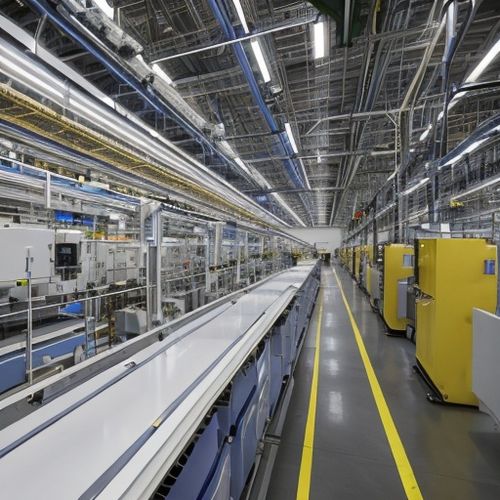
By Michael Brown/May 16, 2025
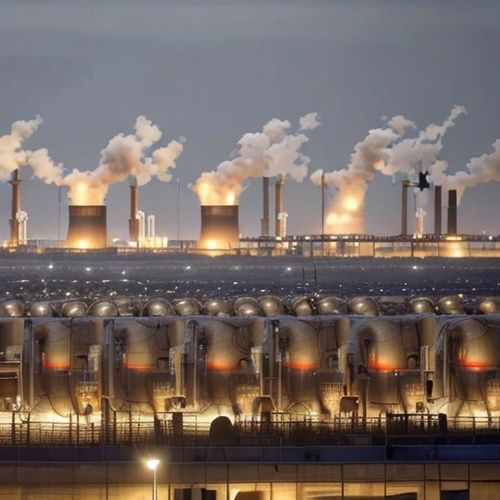
By Elizabeth Taylor/May 16, 2025

By Sophia Lewis/May 16, 2025
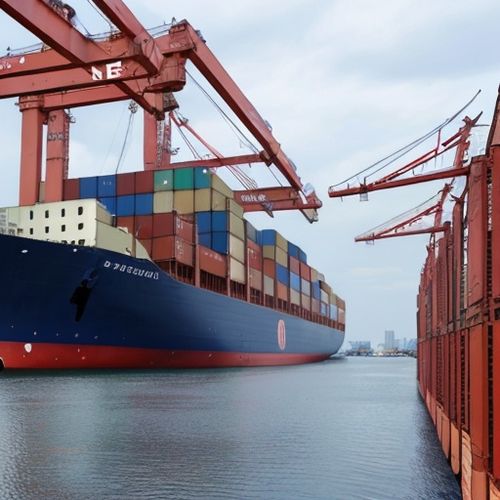
By Noah Bell/May 16, 2025
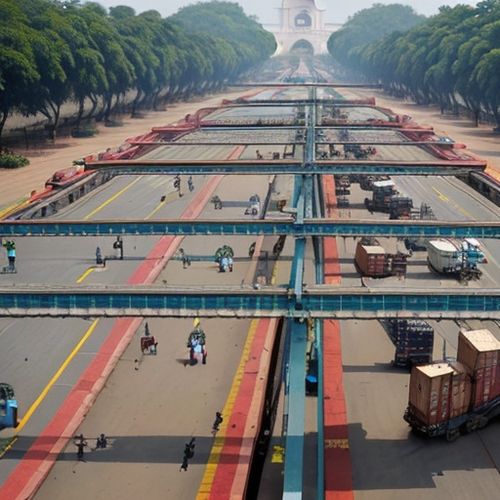
By Joshua Howard/May 16, 2025

By John Smith/May 16, 2025

By Laura Wilson/May 16, 2025

By Benjamin Evans/May 16, 2025
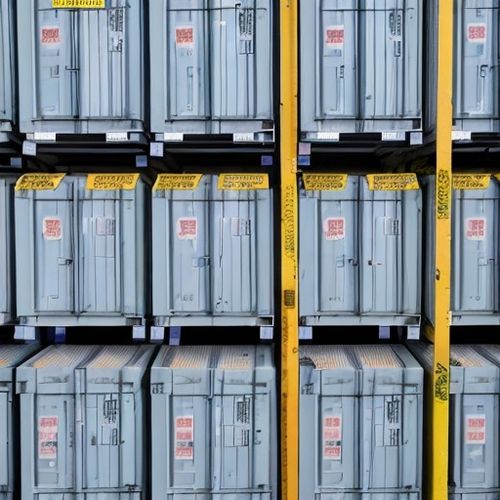
By Michael Brown/May 16, 2025
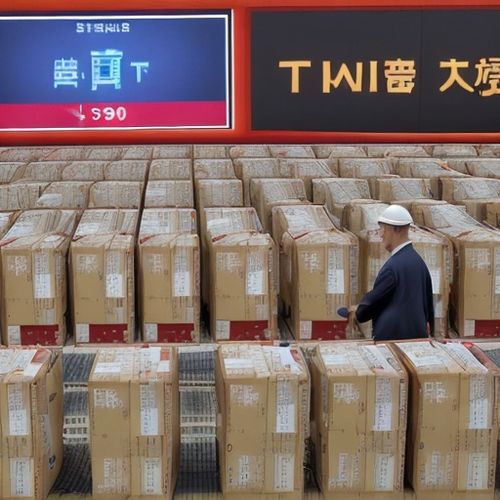
By Sarah Davis/May 16, 2025
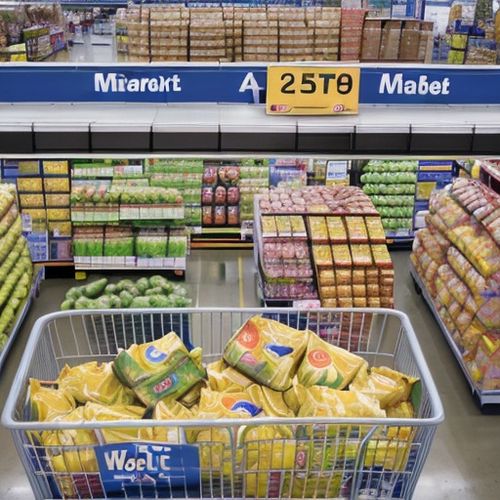
By William Miller/May 16, 2025

By Sarah Davis/May 16, 2025

By Benjamin Evans/May 16, 2025

By Rebecca Stewart/May 16, 2025

By Natalie Campbell/May 16, 2025

By Lily Simpson/May 16, 2025
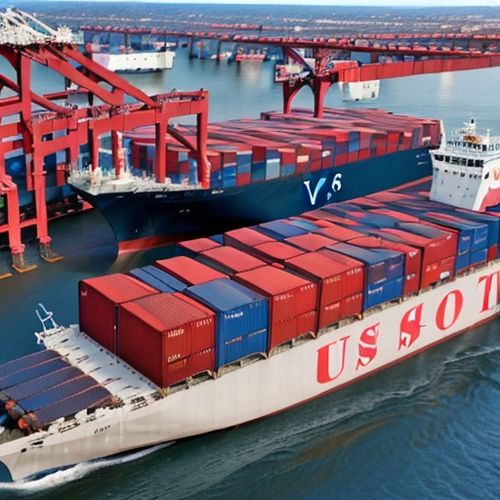
By Olivia Reed/May 16, 2025

By Olivia Reed/May 16, 2025

By Elizabeth Taylor/May 16, 2025